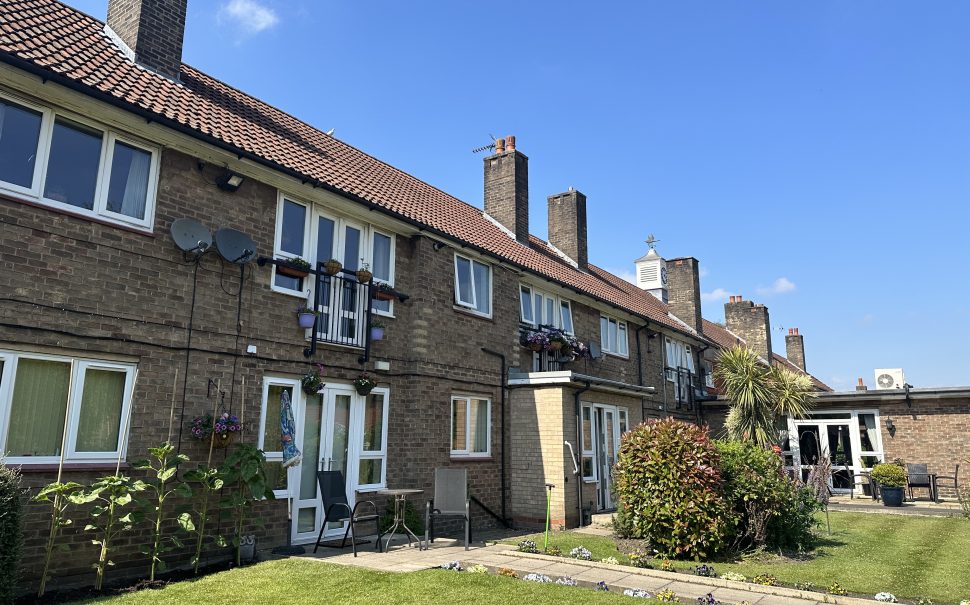New research suggests residents in almshouses – the UK’s oldest form of social housing – could live up to two-and-a-half years longer than those who live elsewhere. And it only took one sunny stroll around an Ancoats almshouse estate to see why that might be the case.
Living in Belle Vue in Gorton, Louise Clarke was faced with hostile neighbours and a drug problem in the local area.
“That’s not where you want to be at my age,” said the 67-year-old, who has a medical condition affecting her mobility. She was having frequent falls around a home which was poorly fitted to her needs.
Louise wanted to retire from her job at Greggs, where she worked for 23 years. But with her housing situation only getting worse, she never felt safe enough to do so.
However, things soon changed. Four months ago, Louise moved into an almshouse residence in Ancoats. She retired from her job just last month, and said the housing charity changed her life.
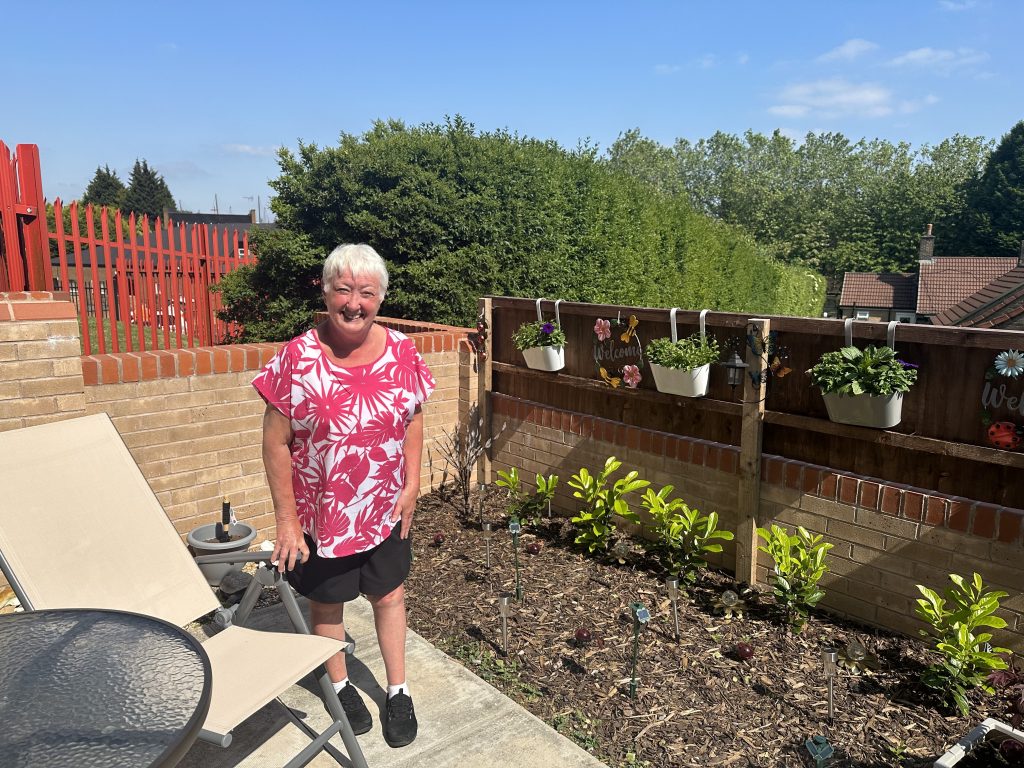
Just a stone’s throw away from one of Manchester’s newest and coolest places to live sits Mayes Gardens, an almshouse estate built in 1953.
“You wouldn’t think you’re in Ancoats,” joked Paul Harrison, Housing Charity Director at the Edward Mayes Trust.
The charity was founded not long after the death of Edward Maye in 1929, who donated £200 in his will to the poor people of Manchester. Nearly a century later, the Edward Mayes Trust continues to offer sheltered housing to older people in Greater Manchester.
Almshouse residents are offered safe and independent homes – at a low price. Fees cover maintenance costs and are set based on their personal financial circumstance and needs, but are well below market rents.
And new research suggests this housing model can boost longevity. Older people from lower socioeconomic backgrounds living in almshouses may live up to two and a half years longer than wealthier people living elsewhere, according to a report by the Bayes Business School.
Ben Rickayzen, the co-author of the study, told the Guardian: “It is well known that the lower a person’s socioeconomic status, the lower their life expectancy. But our research has found that this doesn’t have to be the case,”
“Almshouses seem to wipe away the negative impacts on health and social wellbeing commonly experienced by older people in lower socioeconomic groups, particularly those living in isolation.”
As Director of Mayes Gardens, Harrison oversees the delivery of care services to residents – and has done for 17 years. Having seen first-hand the support the Trust provides, he says the results of the report aren’t hugely surprising.
He said: “We want [residents] to have a place they feel is a peaceful, stress-free environment. We concentrate on building the community, so they don’t have to worry about the upkeep and repair of their homes; we do all the gardening and heavy lifting, and we focus on them being able to socialise with their neighbours.
“Stress-free living really is the key to living longer – as well as the ability to be part of a community. I don’t think people realise the depression and social isolation in older people. We try to take away that feeling by putting them together, and giving them a chance to find friendship and companionship.”
Harrison agrees that community and social interaction are most likely the reason for improved health of almshouse residents – as suggested by the authors of the recent report. But with only 48 properties on the estate, Mayes Gardens has a long waiting list – of up to 12 months.
“Sadly it is a question of waiting for someone to pass away,” said Harrison.
According to Greater Manchester (GM) Combined Authority, 14% of GM’s population will be 75 and over by 2036 – an increase of 75% from 2011. And by this time, one in three men aged 75 will be living alone.
Loneliness and social isolation can lead to dementia, heart disease, depression, and even early death, according to The Almshouse Association, a support charity representing over 1,600 independent almshouse charities in the UK. And it says these problems associated with insecure housing tend to disproportionately affect those who are already disadvantaged.
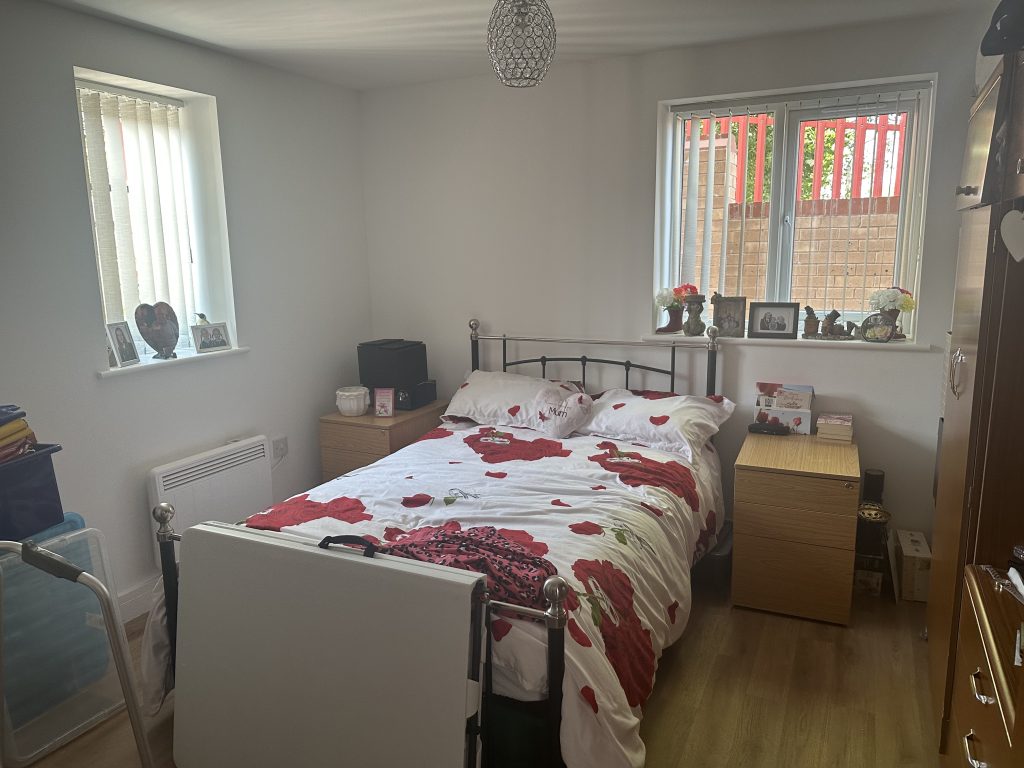
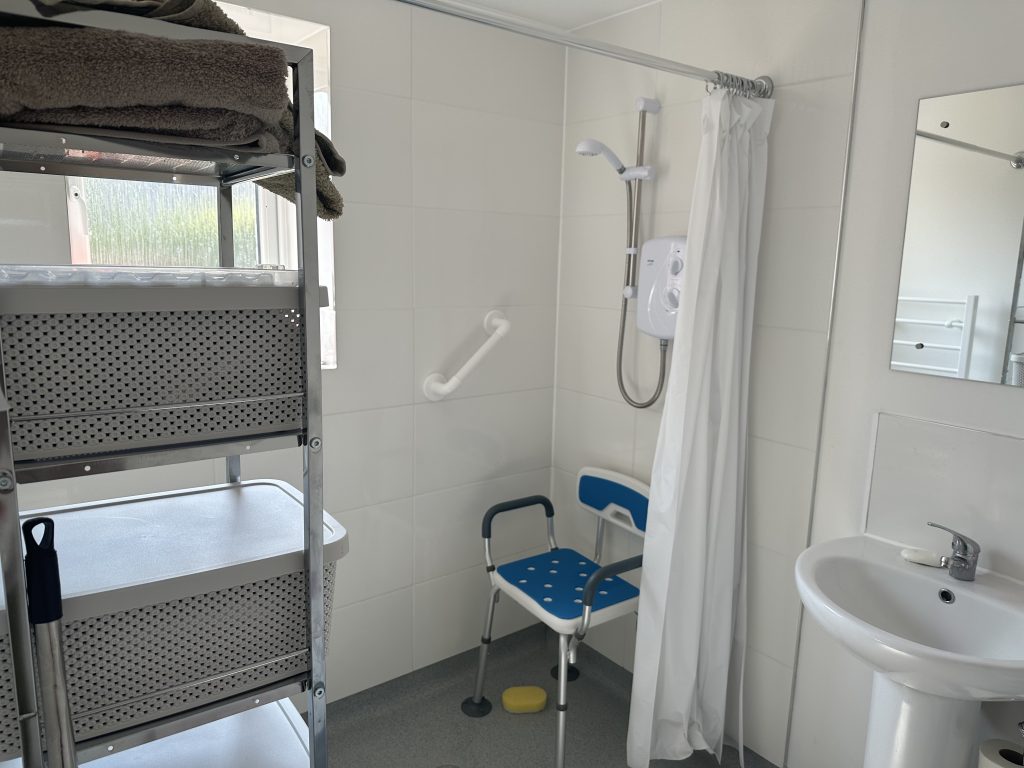
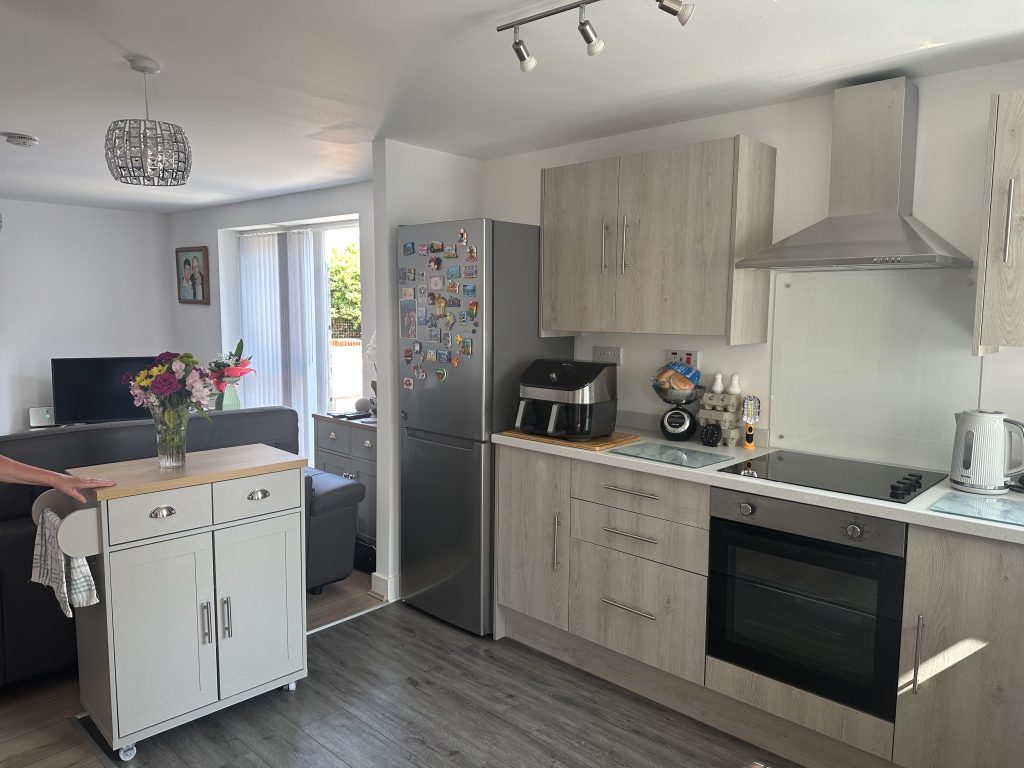
Dating back over a thousand years, almshouses are the oldest form of social housing in the UK. They were first built by religious groups to provide long-term shelter for the poor, and continue to operate on a charitable basis, differentiating them from other forms of sheltered housing.
In 2020, The Almshouse Association said was experiencing the biggest spike in housing development since the Victorian era, with a thousand new homes created in the ten years before. Now, there are approximately 30,000 almshouses in the UK.
The Edwards Mayes Trust has, too, contributed to this expansion. After receiving funding to assist with a development project, including a £25,000 loan from The Almshouse Association, the Trust built two new one-bedroom apartments in Mayes Gardens.
The new-builds have an open living room and kitchen area, an accessible bedroom and a wetroom – all on the ground floor. They were completed in January 2023 and Louise Clarke moved in shortly after.
She said: “It’s amazing. I can even have my family [to stay] because I’ve got my table that folds away and my chairs. I would have been lost without [the charity] helping me. I would have been lost if I hadn’t been offered the place.”
Louise’s apartment is peppered with personal touches, such as a portable baking cupboard and a portrait of her husband Charlie. She also has a patio which overlooks the communal gardens.
This well-kept green space – which regularly performs well in the Royal Horticultural Society’s North West in Bloom gardening competition – lends itself to social interaction, as it encourages residents to come out of their homes.
Harrison said: “In Covid, especially, people could come out and chat from a distance. It really worked for them, because that was a difficult time.”
A 2021 analysis by Age UK found the Covid pandemic significantly increased older people’s need for social care, and worsened a quarter of older people’s ability to do everyday activities.
Almshouses offer social activities to their residents in an attempt to reverse this trend. Just this year, the staff at Mayes Gardens have taken residents on a trip to Llangollen in North Wales, hosted a party for the King’s coronation and welcomed a choir to their communal living room to sing to residents.
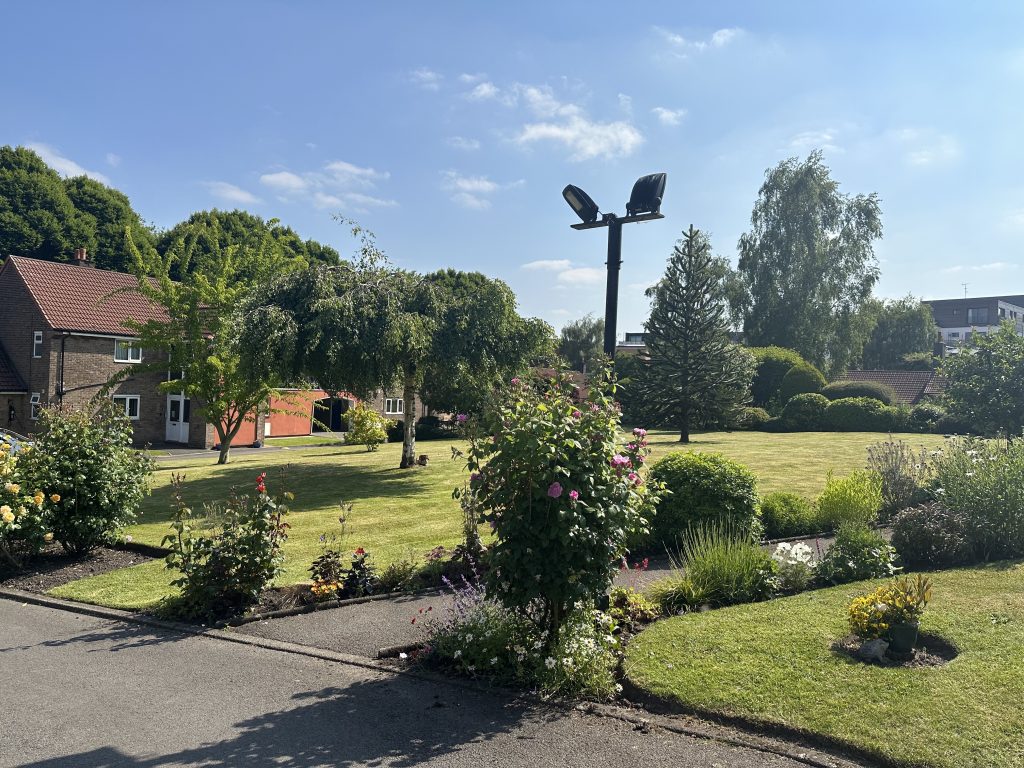
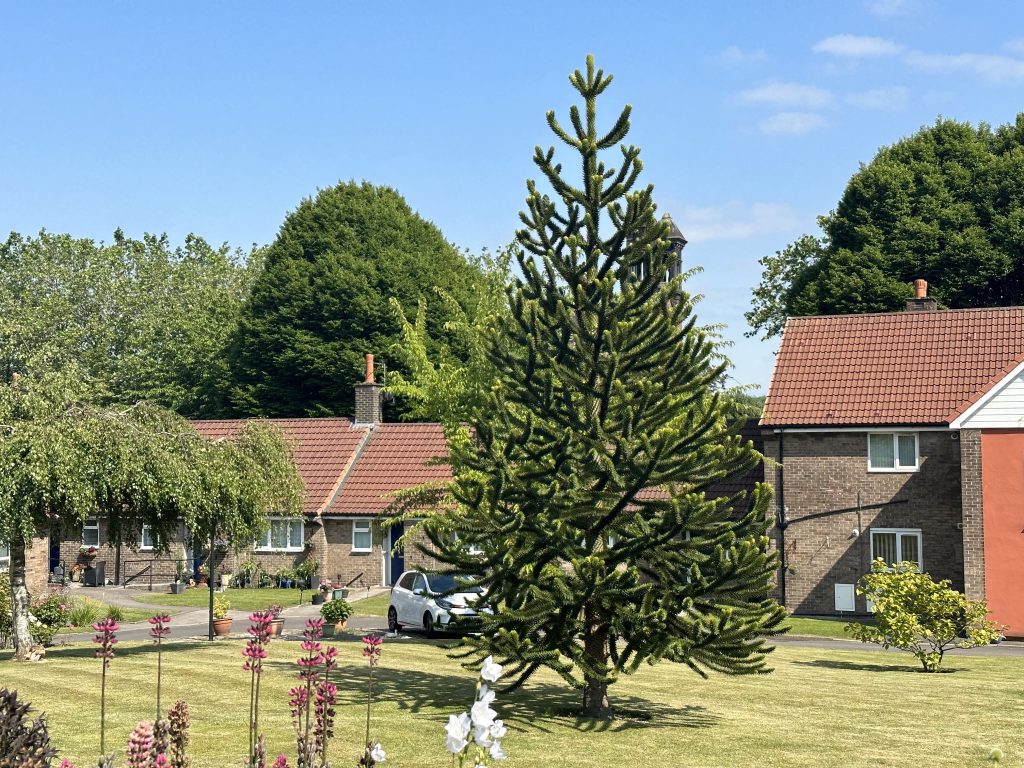
The almshouse model has been hailed as the solution to the UK’s housing crisis. But expanding much further, the Edward Mayes Trust say it risks becoming like big housing associations and losing the personal touch that makes the community what it is – and thus, compromising the quality of support it offers.
Harrison added: “We like the idea of it being small scale. We see our clients face to face, they know me by name. It gives it a bit of a more personal touch in terms of our service and we can intervene when they need it. Some larger organisations don’t have that.”
But irrespective of the longevity benefits, could the almshouse model be extended to people of all ages? According to The National Housing Federation, 8.4 million people in the UK are living in unaffordable, insecure and unsuitable housing.
It appears so. The Almshouse Association has also worked in rural communities where local people have been priced out of the market due to second homes. They provide low-cost housing in the area – but not age-restricted.
Harrison said: “The model has lots of opportunity to work for everyone. But I don’t think it has been a concept that has captured the modern-day philanthropists.”
